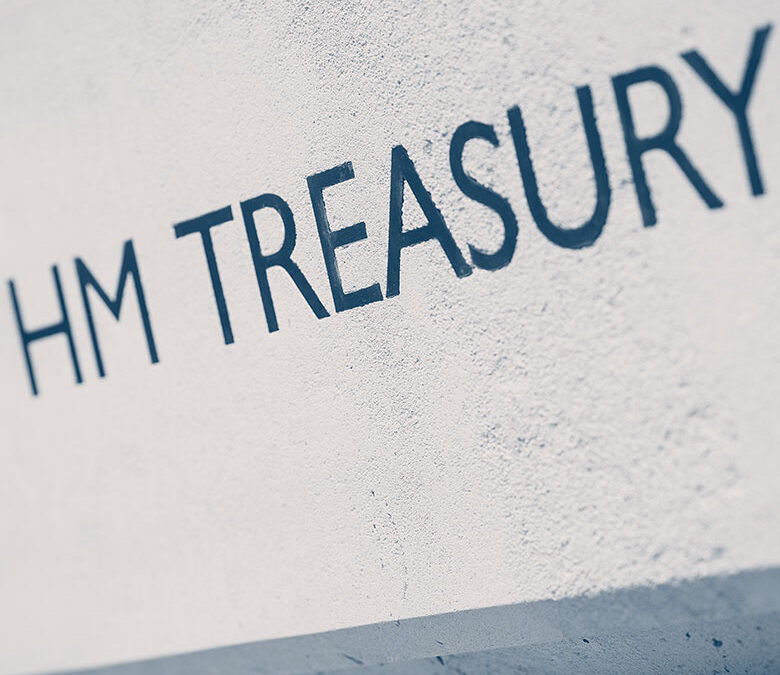

News and insights from the Verallo team
Beyond the headlines: Budget updates you may have overlooked


In the wake of the recent Budget announcements, many of the most impactful changes are receiving significant attention – but some measures that could influence businesses, investors, and individuals in subtle but meaningful ways may have flown under the radar.
At Verallo, we’re here to help you understand not just the headline-grabbing policies but also the less-publicised updates that may affect your tax planning and financial strategy.
Here’s a look at some of these lesser-known measures and what they might mean for you.
Revised company car tax rates
New tax rates for company cars will be introduced in 2028/29 and 2029/30, bringing significant increases for some categories. Zero-emission and electric vehicles will face rates of 7% and 9% in 2028/29 and 2029/30, respectively, up from the current levels. Hybrid vehicles will see their rates rise to 18% and 19%, while other vehicles will experience a 1% rate increase each year.
Additionally, 100% first-year capital allowances for zero-emission cars and charging infrastructure have been extended until March 2026 for corporation tax and April 2026 for income tax.
Double cab pickup vehicles (DCPUs) now classed as cars for tax purposes
From April 2025, the tax treatment of double cab pickup vehicles (DCPUs) will change for both corporation and income tax purposes. Historically, DCPUs with a payload capacity of one tonne or more were treated as goods vehicles, allowing favourable deductions for capital allowances and lower benefit-in-kind (BIK) costs for employees. However, following a legal precedent, the government will now classify most DCPUs as cars for tax purposes.
This shift means that DCPUs’ tax treatment will be based on the primary suitability of the vehicle, including how they are designed and intended to be used. Transitional rules will apply to protect pre-existing tax treatment on vehicles purchased or leased before April 2025 until either the vehicle is sold, the lease ends, or April 2029, whichever occurs first. For VAT purposes, however, the classification as goods vehicles will remain unchanged.
Employment Allowance updates
Although the increase to the Employment Allowance is already a widely noted part of the Budget, smaller changes were also made regarding eligibility criteria. The eligibility threshold of £100,000 will no longer apply.
Updates to Employee Ownership Trusts (EOTs)
The Autumn Budget also brings new conditions to EOTs, focused on tightening capital gains tax (CGT) relief. 4 key changes include:
- The exclusion of CGT relief if former business owners retain control over the company through the EOT.
- A requirement for EOT trustees to be UK residents as a collective.
- Ensuring that share valuations align with market value to prevent inflated valuations.
- Extending the claw-back period for CGT relief from one to four years if EOT conditions are breached post-disposal.
These measures will apply to sales occurring on or after 30th October 2024. These changes reinforce transparency within EOTs and encourage compliance, but they may prompt EOT managers and participants to review existing arrangements to ensure continued tax efficiency
Business rates relief for retail, hospitality, and leisure sectors
For businesses in the retail, hospitality, and leisure sectors, the Budget includes targeted business rates relief to support ongoing recovery efforts.
- In 2025/26, these businesses will benefit from a 40% rate reduction, with a maximum cash cap of £110,000 per business. Additionally, smaller businesses across sectors will benefit from a freeze on the small business multiplier in 2025/26.
- From 2026/27, lower multipliers will be available to RHL properties with rateable values under £500,000, funded by a higher multiplier on properties with rateable values above this threshold.
Further consultations are expected to explore more long-term improvements to the business rates system, emphasising a fairer framework to support high streets and encourage investment.
Freezing of income tax bands and other thresholds
Although widely anticipated, it’s worth noting the continued freeze on income tax bands and other tax thresholds. While not a new measure, this freeze effectively pulls more people into higher tax brackets over time. Planning for this gradual “fiscal drag” will be essential for individuals aiming to minimise tax liabilities and maintain financial stability.
Benefits in kind
HMRC have announced that reporting and paying income tax and Class 1A National Insurance Contributions (NIC) on benefits in kind through payroll will become mandatory from April 2026.
Interest on late paid tax
The HMRC late payment interest rate charged on unpaid tax liabilities will increase by 1.5 percentage points from April 2025.
Get in touch
For a full overview of the core Budget highlights, download our comprehensive guide which not only offers the latest tax and fiscal adjustments, but provides you with free tax advice to help you prepare for the year ahead.
If you’re looking for expert advice on how these and other Budget measures might impact your tax strategy or business operations, our team is here to help. Get in touch by emailing info@verallo.com or calling 0203 912 9933.